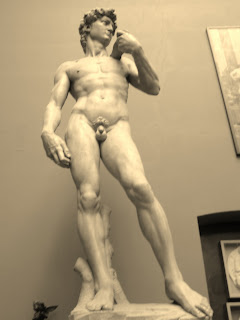CONFINE
PROTECT
PRESERVE
An Interactive process for a new Architecture of death exploring the discourse between life and death, providing closure and preserving memories.
Mini Concept One
The New Age Urn
After Visiting the V&A, we were all equally drawn to the Tobacco boxes that were used in Asia and decided to look at ways to recreate them in modern materials. This then evolved into creating the Tobacco box and keeping the persons ashes inside as a keepsake and memory. After discovering that such had already been designed, we looked into creating the tobacco box and glazing it using the ashes of the deceased and engraving it to create a memory, a new age urn.
Through researching into what materials were able to be made from human ashes and finding that glass was the most sustainable, we decided to look into creating a glass music box and snow globe, a new age Urn, where instead of preserving the ashes within a container, they became the container. These ornaments could be kept and passed down through the generations as family heirlooms.
Mini Concept Two
Fruits of Life
With the overcrowding of cemeteries becoming an issue, and space for burial ground becoming sparse, We decided to look into a new 'architecture for death'. After Visiting Brompton cemetery, It was apparent that the majority of people that were there were not in fact grieving the loss of their loved ones, but were using the area as a recreational ground. This took us into researching into modern day burial grounds and how we could incorporate such aspects into a more ecologically and people friendly space. We started to then think of the concept of a 'Garden of Memories' where the bodies would be buried into the ground and flowers/ trees were grown onto with a plaque instead of a tomb stone. This would be a place where people would be able to go to remember loved ones, get away from their metropolis lifestyles and socialise.
We concluded into taking the idea of a new burial ground further by designing an area where people were given their own 'family plot', where the ashes of the deceased could be scattered or buried and they were then able to grow produce on top, similar to an Allotment.
Mini Concept Three
Lighting The Skies
Still thinking about the over crowding of cemeteries and the lack of space, we began to think of other eco- friendly ways . The idea of putting ones ashes into a firework was an idea we chose to take further. A new style 'burial' would take place every fortnight or month by a special community. Those that has deceased within that time would be placed into a firework and all set into the sky together. The families and friends of those deceased would be able to celebrate the past ones life and provide each other with closure in a modern style wake.
Mini Concept Four
Memories materialised
With looking at the human bodies and the elements that it is created from, we began to wonder whether one was able to extract from these elements to create material things. This lead us into researching into what had already been established, such as a persons ashes being mixed with paint and turned into a painting. This concluded with us deciding to look at creating dyes and pigments with elements from the deceased and in-coporating them into a quilt which could be passed down the family and added to. An alternative to this was to create a piece of art using dyed material, such as a wall hanging, to preserve the memory of the deceased.
























































